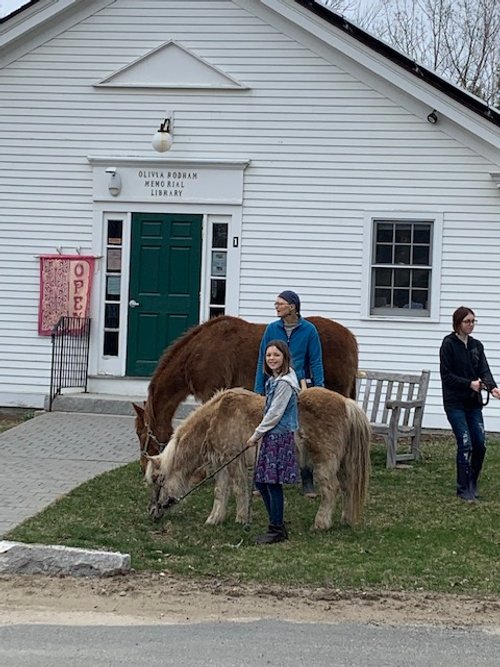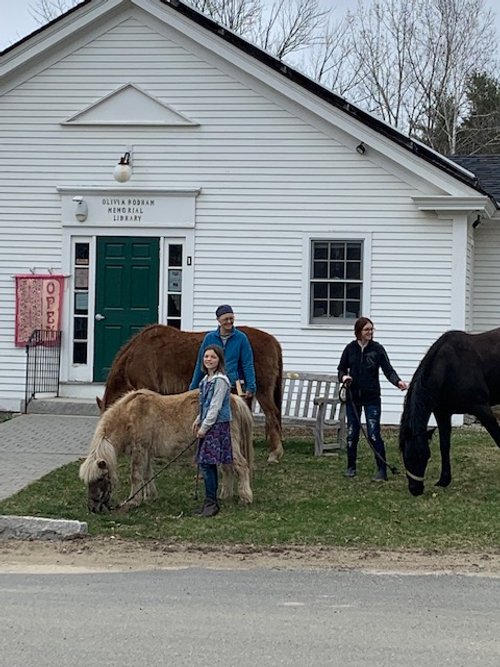The trio is made up of Prof. Robert Lehman, violin; Rebecca Hartka, cello; and Jose Lezcano on guitar. The program is engaging, beautiful, and multicultural and includes works by Paganini; Piazzolla, and works by composers from the Caribbean and Turkey. Free and open to the public.
Music of Turkey, Cuba, Argentina, Brazil, and Italy
Two Trio arrangements (arr. Lezcano)
Alfonsina y el Mar by Ariel Ramirez 10 min.
Adios Nonino by Astor Piazzolla
Cuban Sketches by Jose Lezcano 12 min.
Tango Overture (8 min) by Jose Lezcano 8 min.
Paganini Trio (Andante Largetto op. 66) 4 min.
Dicle ve Firat by KAYA Celil Refik 8 min
Doce de Coco by Jacob de Bandolim* 5 min.
La Bella Cubana by Jose White 4 min.
Libertango by Piazzolla* 3 min
*Duo arrangement (Jose & Rebecca). All other program selections are for trio
(Robert Lehmann, violin; Rebecca Hartka, cello; Jose Lezcano, guitar)
Total 54 min.
Music of Turkey, Cuba, Argentina, Brazil, and Italy
This program weaves together a tapestry of musical genres and languages not typically
considered part of the Western canon. Included are musical works by composers from
Turkey, Cuba, Argentina, Italy, and Brazil. Composers include Piazzolla, Ramirez,
Paganini, and Turkish Celil Refik Kaya, in music that explores rhythms, meters, genres,
and textures typical of world music genres. Dr. Jose Lezcano contributes two of his
original compositions for the trio, with Cuban and Argentine rhythmic and melodic
inflections, and several arrangements. Comprising the faculty trio are Professor of
Music, Dr. Robert Lehman, violin; Dr. Jose Lezcano, Artist Lecturer in Guitar; and Dr.
Rebecca Hartka, Artist Lecturer in Cello.
Turkish guitarist-composer’s Celil Refik Kaya’s Dicel ye First is inspired by a tale of
two lovers (the Euphrates and Tigris Rivers) and freely references Turkish scales and
rhythmic modes, found in Turkish folk music and Sufi music. There are sections
suggesting improvisation and using typical ornaments found in Turkish Music.
The program features a number of Dr. Jose Lezcano’s compositions, and arrangements
for trio. Ramirez’s iconic zamba-song, “Alfonsina y el Mar,” is inspired by the tragic
death of Argentine poet Alfonsina Storni. Piazzolla’s tango, “Adios Nonino,” was
composed as a tribute to his late father and is among the tango-master’s best known
and beloved compositions. We also include Piazzolla’s popular “Libertango,” composed
as a response to his publisher’s request for more commercially accessible music.
Paganini’s lyrical Andante Larghetto op. 66 for violin, guitar, and cello provides a link to
the traditional European chamber music tradition and reminds us of the violin virtuoso’s
fascination with the guitar, an instrument that he also mastered and composed for.
Jose White, a nineteenth-century Cuban virtuoso violinist of mixed Afrocuban heritage,
composed the classic haunting Habanera, “La Bella Cubana.” Lezcano’s composition
“Cuban Sketches” is among his most popular and often-recorded works (it was recorded
by Buffalo Philharmonic conductor and guitarist JoAnn Falletta) and is inspired by
Cuban traditional country and urban music, including son, montuno, and bolero; while
his “Tango-Overture” is an homage to that urban Argentine tradition, featuring varied
tempos and sections, and is a new arrangement of an 8-minute work originally scored
for string orchestra and recorded by the North-South Consonance orchestra of New
York City. (Fanfare in reviewing recording on the North-South CD “Crosscurrents,”
called it “A dance in a dream that sweeps away restrictions and sweeps away the
dreamer.”) Jacob Bandolim’s “Doce de Coco” is a classic of the Brazilian popular music
genre, “Choros,” a hybrid genre featuring traditional European dance-genres like waltz,
schottische, and polka, with Afrodiasporic rhythmic syncopation, swing, and
improvisational ornamentation.

